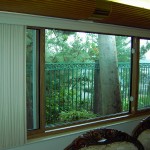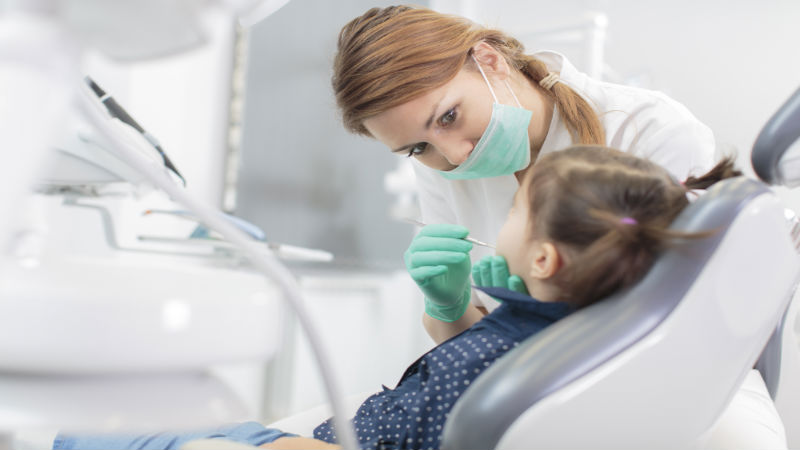 Some Wichita Dental care offices like omidodds.com are offering traditional dental services and cosmetic dental services all supplemented with high-tech solutions to their patient, like Galileos 3D Imaging, the Intra-Oral Camera, digital x-rays, and advanced sterilization systems.
Some Wichita Dental care offices like omidodds.com are offering traditional dental services and cosmetic dental services all supplemented with high-tech solutions to their patient, like Galileos 3D Imaging, the Intra-Oral Camera, digital x-rays, and advanced sterilization systems.
The Galileos 3D Imaging system used in Wichita Dental care presents an advancement far beyond using just traditional x-rays, both in terms of exposing the patient to lower levels of radiation and providing the care provider with much more specified imaging. It only takes 14 seconds to get 200 images with this machine. 3D imaging also gives the doctor a much better visual than the typical 2D systems that many dentist offices use. Besides showing jawbone and tooth structure, the Galileos reveals facial nerves and sinuses so that this tool can be used to find unknown problems elsewhere in the facial area and the airway. The Galileos can be used for patients who are standing or sitting, so it is equally accessible for handicapped persons. It can be used in traditional dentistry as well as in orthodontics, periodontal dentistry, and maxillofacial surgery.
The Intra-Oral Camera used in Wichita Dental care is no bigger than the tiny mirror that dentists and hygienists use to look inside a patient’s mouth, so it’s not obstructive for patients who have a small mouth or a strong gag reflex. The camera gives the dentist and hygienist a much more magnified view than they could get with a dental mirror. It also has its own light, which makes the area even more visible, whether the doctor wants to get an overall view inside the mouth or to zoom in on one particular spot in back of a tooth. A better visual inspection allows the dentist to catch problems early on, like gum disease, cavities, a crack in a tooth, a broken filling, or worn down teeth.
Digital x-rays or digital radiography in Wichita Dental care uses up to 80 percent less radiation than when using traditional film x-rays, because it takes images so much faster. It also doesn’t need chemicals to develop the pictures as with traditional films, so it’s better for the environment.






